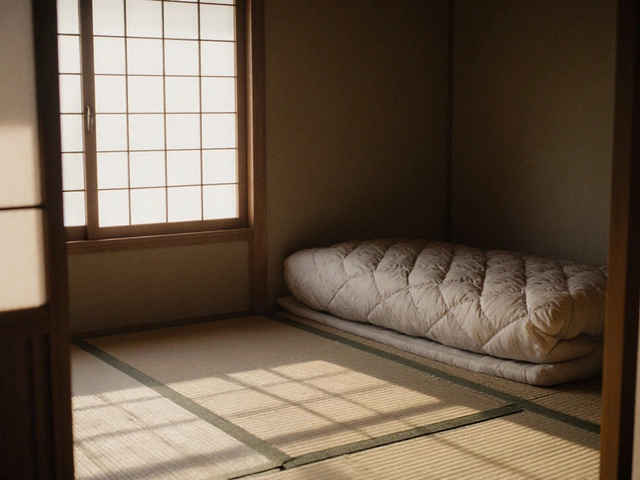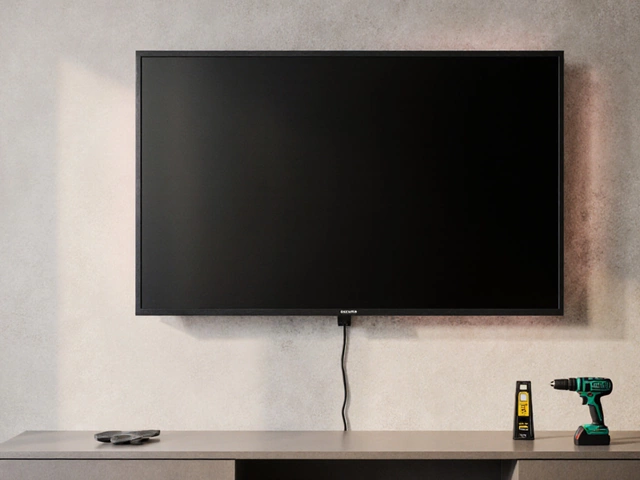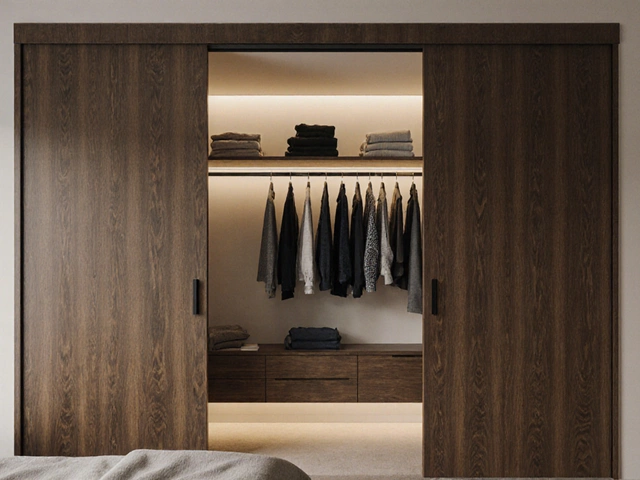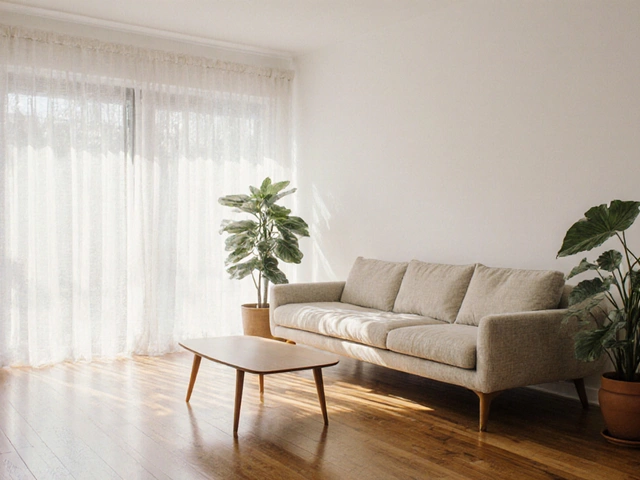Consumer Habits: How Your Choices Shape Home Furnishings
Ever wonder why you gravitate toward a certain style or price point when picking a wardrobe or sofa? It’s not just random – it’s a mix of habits, daily routines, and what you’ve learned about comfort and status. Knowing the why helps you break unnecessary cycles and spend on pieces that truly add value.
Why We Spend Money on Furniture
Most of us think of furniture as a one‑time purchase, but it’s actually a cue for how we see ourselves. A sleek bedroom wardrobe can feel like a status boost, while a comfy armchair signals a need for relaxation after a long workday. These signals come from advertising, social media, and even childhood memories of the family home. When a brand promises durability or a trend promises ‘Instagram‑ready’, our brains light up and push the wallet button.
At the same time, budgeting habits play a huge role. Some shoppers wait for sales, others trade up as soon as they can afford a bit more. If you’ve noticed a pattern of buying on impulse after a paycheck, you’re not alone – the “post‑payday rush” is a real phenomenon. Recognizing that pattern lets you set rules, like a 48‑hour waiting period before any big purchase.
Smart Buying Tips for Everyday Shoppers
First, write down what you really need versus what you want. A new wardrobe is a need if your current one can’t store clothes, but a matching nightstand might just be a want. Next, set a clear budget and stick to it. Use online calculators to compare the total cost of ownership – include delivery, assembly, and potential maintenance.
Second, look for multi‑purpose pieces. A bed with built‑in drawers saves space and cuts the need for a separate chest. This approach fits well with the growing “compact living” trend in East Yorkshire where many homes are smaller than a typical house.
Third, read reviews that mention durability, not just style. A couch that looks great but sheds fabric after a few months will cost you more in the long run. Check for warranty details – a longer warranty usually means the maker expects the piece to last.
Finally, consider second‑hand or refurbished options. A quality wooden wardrobe can be refinished for a fraction of the price of a brand‑new one. This not only saves money but also reduces waste, aligning your habits with more sustainable choices.
Understanding the underlying habits behind your purchases gives you power. You can keep the excitement of a new piece while avoiding buyer’s remorse. Next time you walk into a showroom or scroll through an online catalog, pause, ask yourself what the purchase truly fulfills, and let that guide your decision.
Why People Are Buying Less Furniture in 2025: Market Shifts, Trends, and Surprising Data
Discover why people are buying less furniture in 2025, with hard facts, new trends, and smart tips to help you navigate the changing home decor market.







